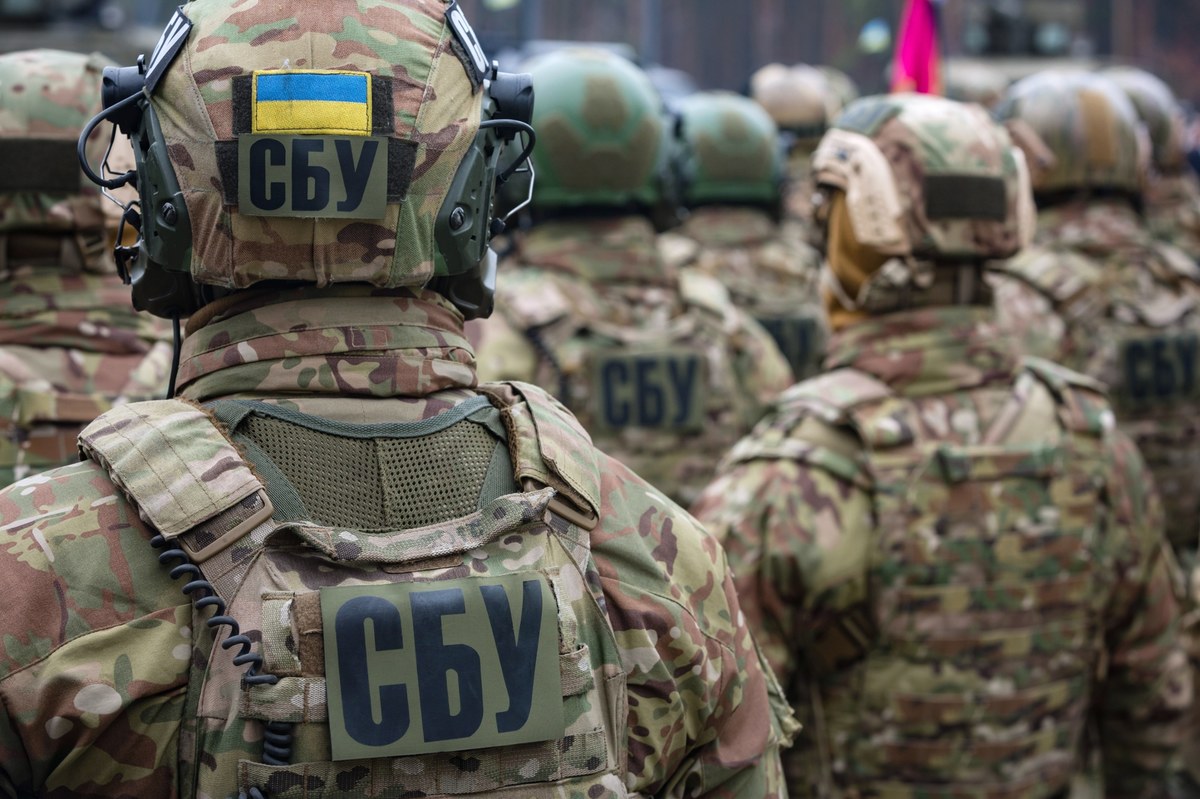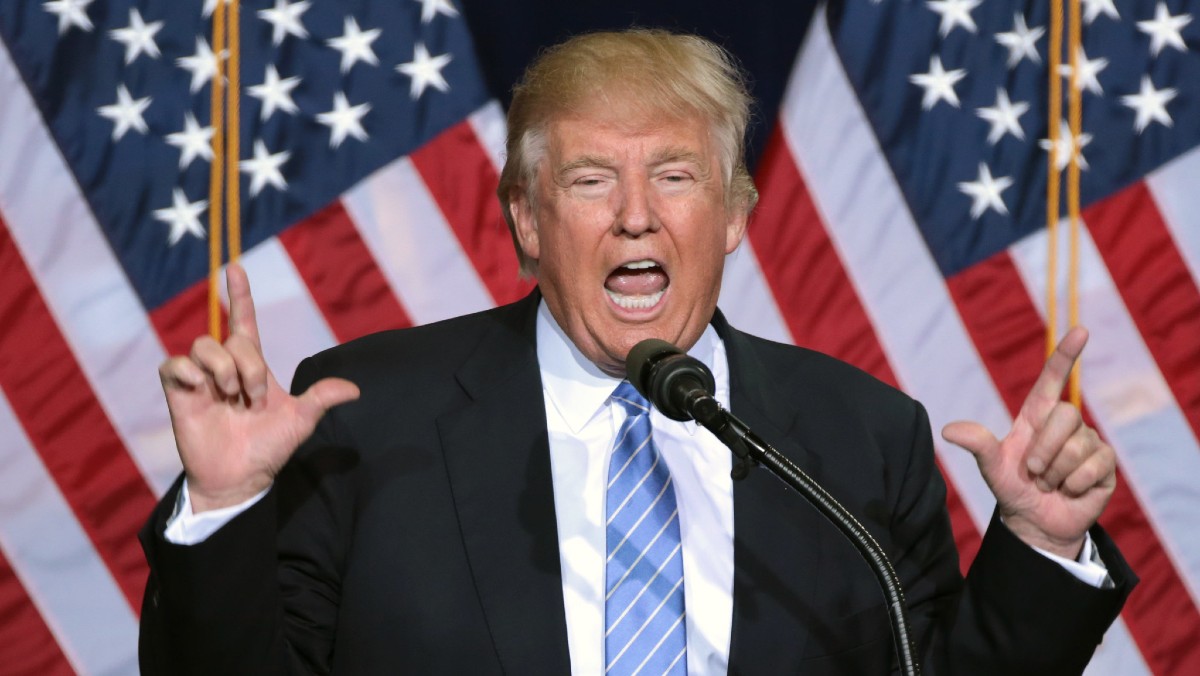Strait Of Hormuz Disruption Fears Surge After Former Iranian Minister Threatens Transit Restrictions
JPMorgan’s forecast of triple-digit Brent crude prices could soon be a reality as conflict risk in and around the Strait of Hormuz intensifies. The waterway, which handles roughly 20% of global oil trade, remains one of the world’s most critical maritime chokepoints. Any disruption, particularly amid growing military escalation between Iran and Israel, could impact energy flows worldwide and send prices soaring.
The most concerning sign of potential maritime disruption in the Strait of Hormuz emerged in the overnight hours via a statement on X by former Iranian Economy Minister Ehsan Khandouzi. While unofficial, the timing and seniority of the comment may reflect broader regime sentiment—or serve as a warning of what’s to come.
„Starting tomorrow, for 100 days, no oil tankers or LNG cargoes will be able to pass through the strait without Iran’s approval,” Khandouzi said.
He stated, „This policy is decisive if it is implemented „in a timely manner.” Any delay in its implementation means enduring more war inside the country. Trump’s battle must be ended with a combination of economy and security.”
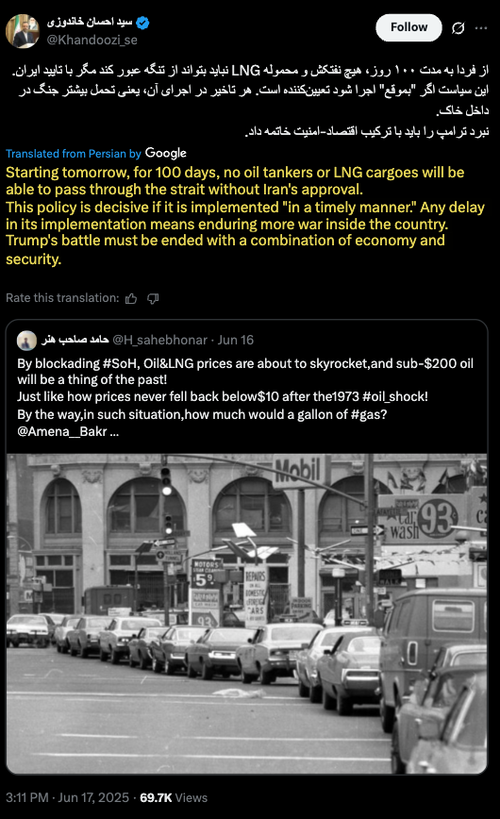
Such messaging, especially when paired with the Islamic Revolutionary Guard Corps (IRGC) naval activity in the region, raises the increasing probability of IRGC actions targeting commercial shipping lanes in the strait. This escalation could serve as the catalyst that turns JPMorgan’s $120–$130 per barrel Brent crude forecast from a scenario into a market reality.
Some more excerpts from the full JPM note:
A blockade of the Strait of Hormuz—the world’s busiest oil-shipping channel—would shut down the region’s oil trade, supercharging oil prices.
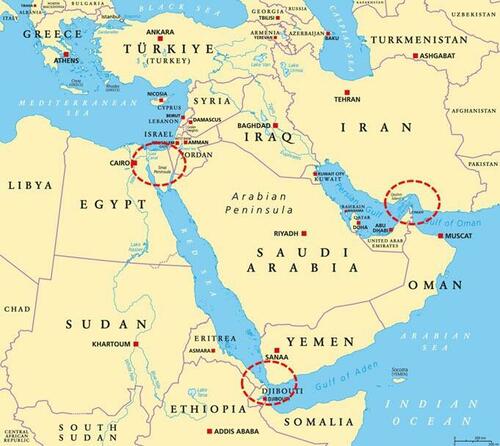
The skinny waterway—at its narrowest point it is only 21 miles (33 km) wide— separating the UAE, Oman and Iran, connects the Persian Gulf with the Indian Ocean, and facilitates the movement of some 30% of the world’s seaborne oil trade and 20% of the world’s LNG supply (Table 1).

Widespread GPS jamming has been reported across the strait for the last several days:
- Chokepoint Watch: GPS Jamming Impacts Tankers Across Strait Of Hormuz
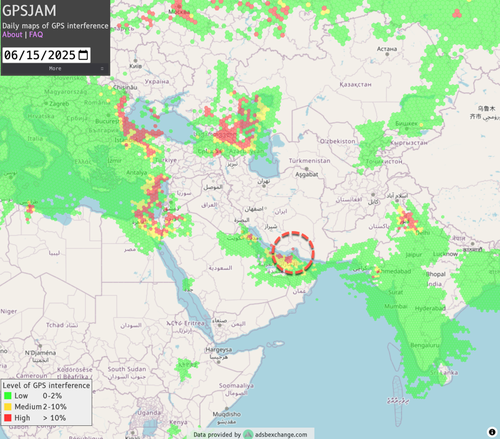
Which unfolded into a maritime disaster early Tuesday when crude oil tanker Front Eagle slammed into the port quarter of the tanker Adalynn, sparking a massive fire on Adalynn, and concerns about a potential ecological disaster have surged.
- First View: Oil Tanker Erupts In Flames After Collision Near Strait Of Hormuz
Harrowing images of dark fleet tanker ADALYNN (IMO #9231767) post collision. pic.twitter.com/Y1FUBNNtis
— Ed Finley–Richardson (@ed_fin) June 17, 2025
All in all, the world’s most critical maritime chokepoint appears to be in the crosshairs of the Iranian regime. On Tuesday, President Trump met with his national security team for over an hour to discuss the Middle East and later held a call with Israeli Prime Minister Netanyahu.
The key question now is whether the U.S. will enter the conflict. If it does, a shipping disruption in the Strait of Hormuz is almost guaranteed—setting the stage for global energy markets to be thrown into turmoil.
Tyler Durden
Wed, 06/18/2025 – 07:20




